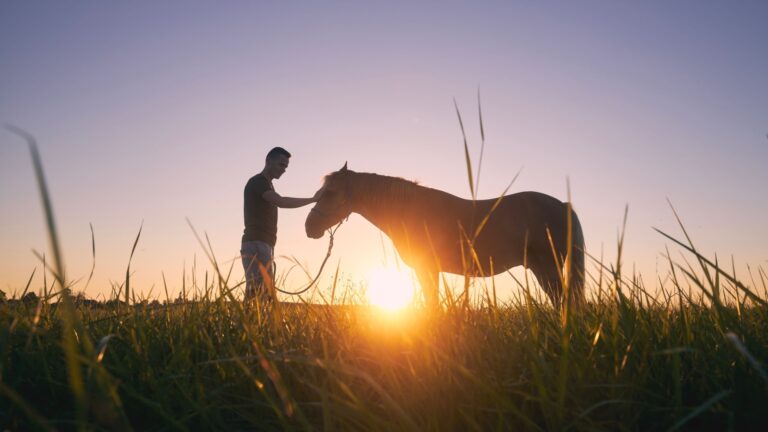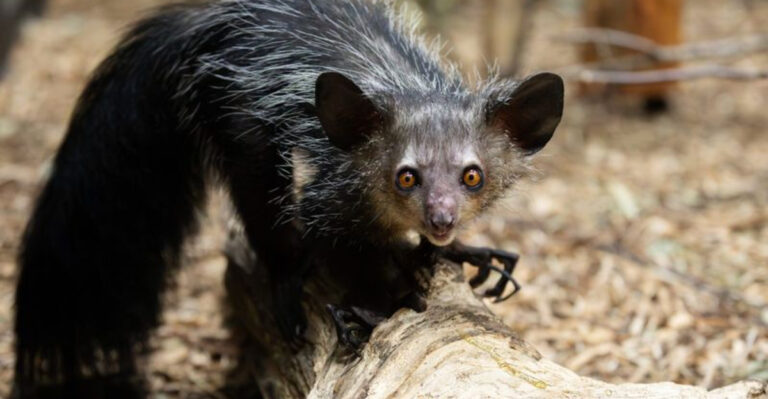Flying While Asleep: How Birds Manage To Sleep Mid-Flight
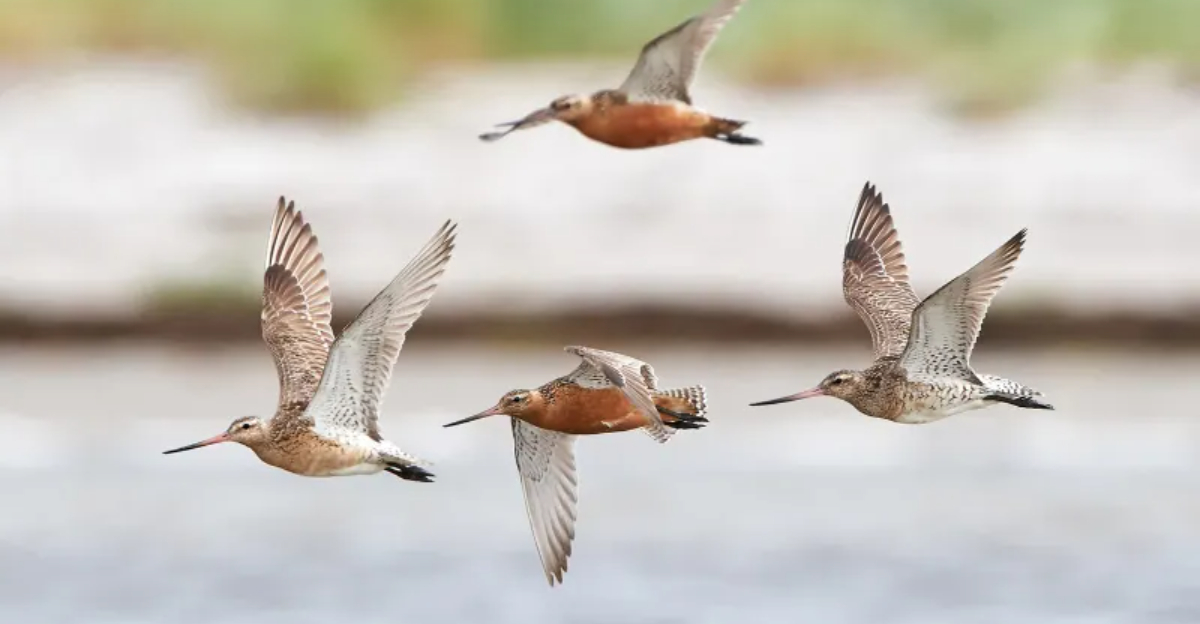
Ever wondered how some birds can fly for days, weeks, or even months without landing? The secret lies in their remarkable ability to sleep while flying! This extraordinary adaptation allows certain species to travel incredible distances over oceans and continents without needing to touch down.
Let’s explore the fascinating ways birds have evolved to catch some Z’s at 30,000 feet.
1. Half-Brain Snoozing Champions
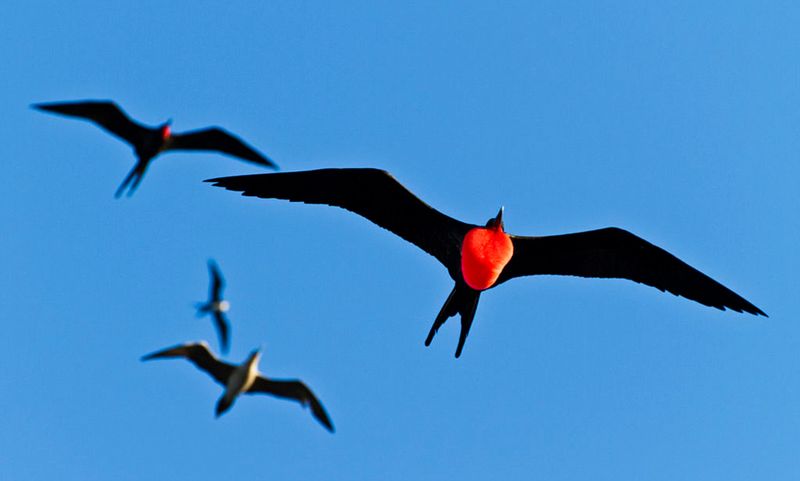
Birds master the art of unihemispheric slow-wave sleep, where one brain hemisphere remains alert while the other catches some rest. Think of it like having a built-in autopilot system!
This remarkable adaptation allows birds to maintain flight control with one half of their brain while the other half gets the restorative sleep it needs.
2. Micro-Naps Make All The Difference
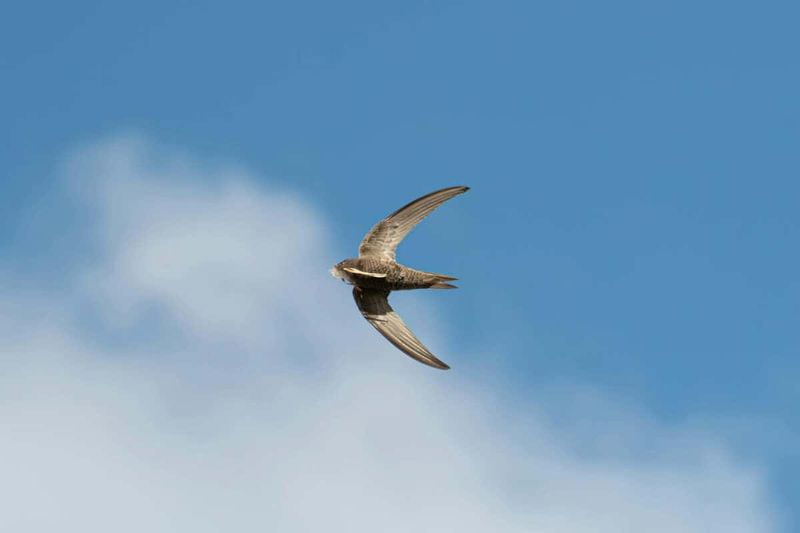
Rather than long stretches of deep sleep, airborne birds take thousands of tiny naps lasting mere seconds. These micro-naps add up over time, providing sufficient rest without compromising flight safety.
Scientists have recorded these brief sleep episodes using specialized equipment that monitors brain activity during long migration flights.
3. Frigatebirds: The ultimate Sky Sleepers
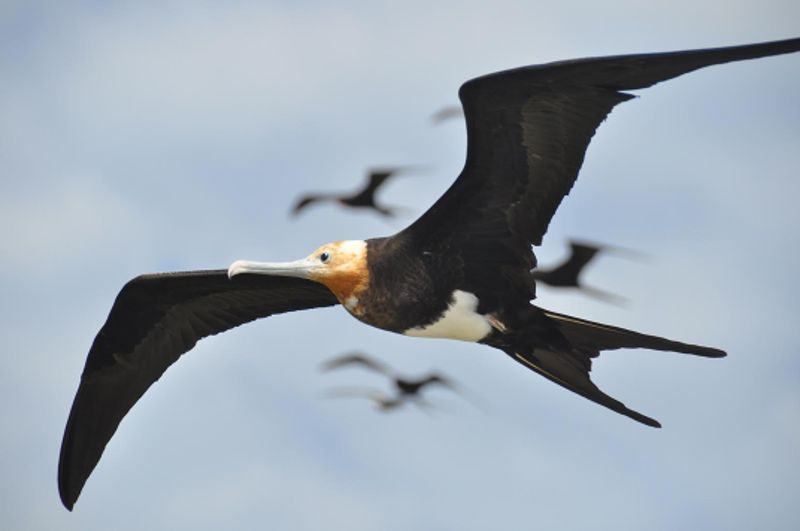
Talk about extreme nappers! Frigatebirds can stay aloft for up to two months straight, sleeping while riding warm air currents. These magnificent seabirds have perfected the art of catching updrafts to maintain altitude while they doze.
Researchers tracked frigatebirds flying over the Indian Ocean, confirming they slept for about 42 minutes daily while airborne.
4. Swift Sleepers Never Land

Alpine swifts hold the record for the longest continuous flight, staying airborne for over 200 days without landing once! During this marathon journey, they eat, drink, and sleep entirely on the wing.
These remarkable birds catch insects mid-air and scoop water droplets while flying through clouds or light rain, eliminating any need to touch down.
5. Keeping One Eye On The Prize

When birds sleep with half their brain, they also keep the corresponding eye open! The eye connected to the awake hemisphere stays vigilant for predators and navigation cues while the other eye closes for rest.
This one-eyed sleep strategy allows birds to maintain visual awareness of their surroundings even while getting necessary sleep during long flights.
6. Altitude Adjustments For Better Sleep
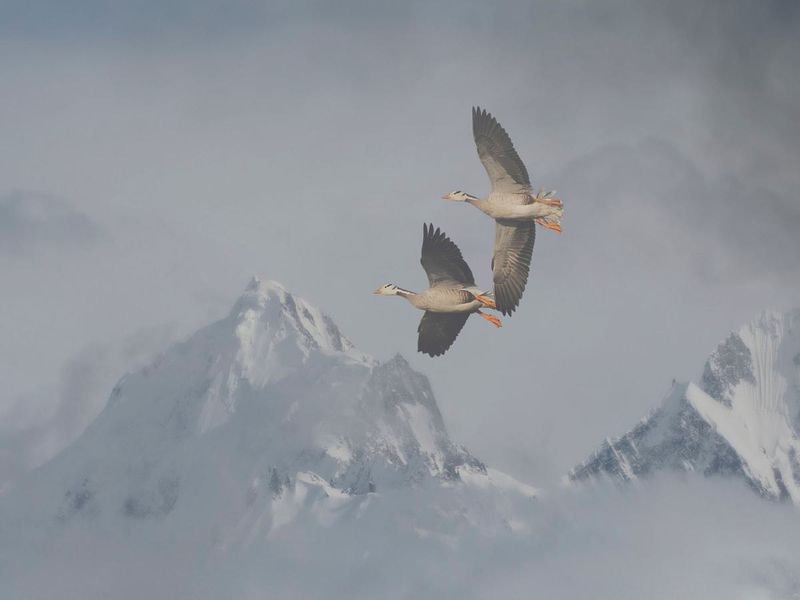
Many migratory birds climb to higher altitudes specifically for sleep sessions. The cooler, thinner air creates more stable conditions with fewer air currents, allowing birds to glide more efficiently while catching some Z’s.
Bar-headed geese, famous for flying over Mount Everest, use this technique during their incredible high-altitude migrations across the Himalayas.
7. Weather-Dependent Sleep Schedules

Stormy weather? Time for a power nap! Birds adjust their sleep patterns based on atmospheric conditions, taking advantage of favorable winds to catch more sleep during easy gliding opportunities.
During rough weather, they’ll remain fully alert, then compensate with deeper sleep sessions when conditions improve. This flexible sleep schedule helps them optimize both rest and safety.
8. REM Sleep Remains A Mystery

Scientists still don’t fully understand if flying birds experience REM sleep – the deep dream state mammals need for memory consolidation. Some research suggests they might achieve mini-REM bursts lasting milliseconds while maintaining flight control.
Laboratory studies show that birds require REM sleep when perched, but may have evolved alternative mechanisms for in-flight rest.
9. Wing Anatomy Designed For Sleep-Flying

Specialized wing joints and tendons create a natural locking mechanism in many birds, requiring minimal muscle effort to maintain extended wings. This brilliant anatomical design allows birds to keep their wings spread with little energy expenditure during sleep.
Albatrosses showcase this adaptation perfectly, using wing locks to soar for hours without a single flap.
10. Flock Formations Facilitate Snoozing
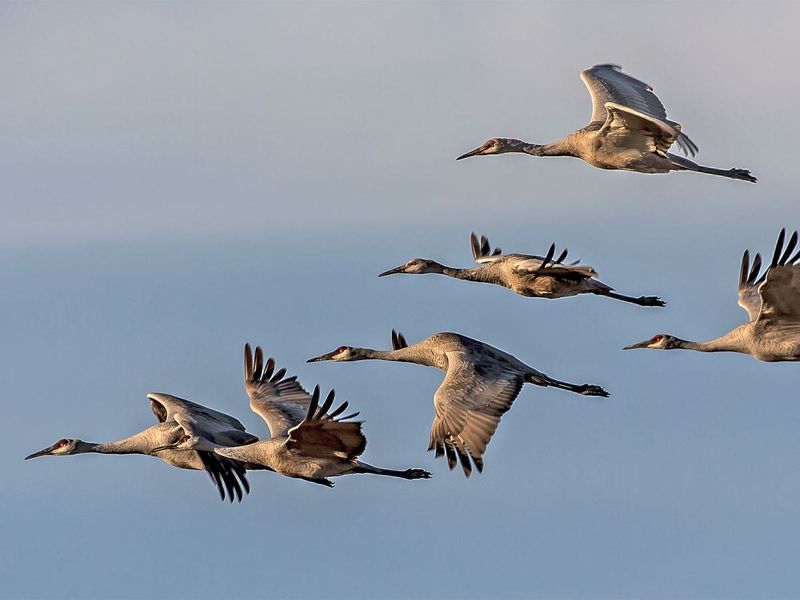
V-formation flying isn’t just about aerodynamics – it’s also a sleep strategy! Birds take turns being the lead flyer while others in the formation can enter light sleep states, benefiting from the reduced wind resistance.
The lead bird stays fully awake, while birds further back in the formation can engage in unihemispheric sleep more safely.
11. Sleep Debt Collection Upon Landing
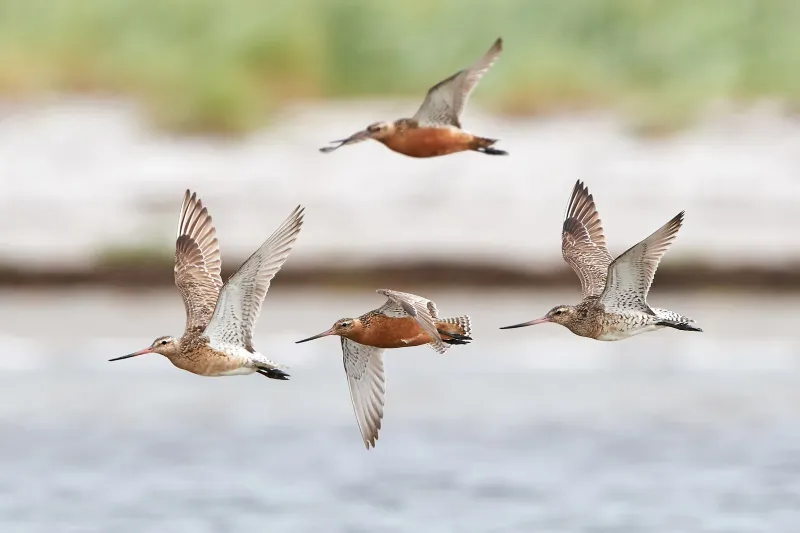
Despite their impressive airborne sleep abilities, flying birds still accumulate sleep debt during long journeys. When they finally touch down, they often enter an extended period of deep recovery sleep.
Researchers have observed migratory birds sleeping up to three times longer than normal after completing long-distance flights, making up for their sleep deficit.
12. Navigational Brain Regions Stay Alert
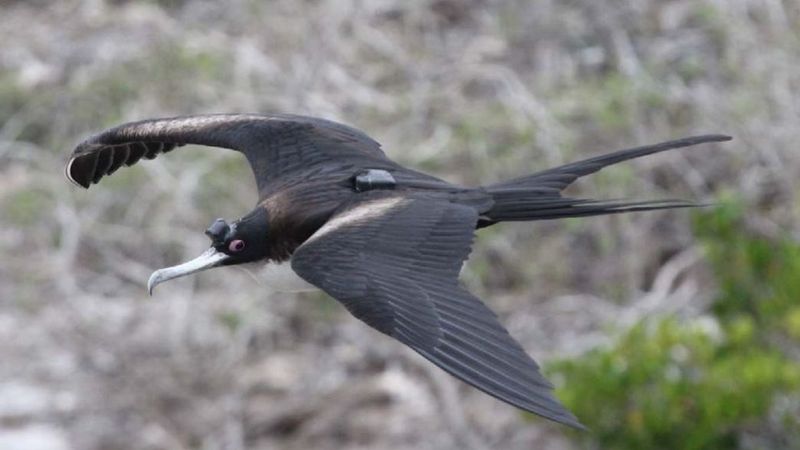
Even during sleep, the brain regions responsible for navigation and spatial awareness remain surprisingly active. This selective wakefulness ensures birds don’t drift off course while catching some shuteye at altitude.
The hippocampus – a brain structure crucial for mapping and navigation – maintains higher activity levels during flight sleep compared to perched sleep.
13. Seasonal Sleep Pattern Adjustments

Birds adjust their sleep needs based on migration seasons. During migration periods, their bodies undergo physiological changes that reduce overall sleep requirements, allowing them to fly longer with less rest.
These adaptations include increased production of certain hormones and neurotransmitters that promote wakefulness and reduce fatigue during these critical travel periods.
14. Different Species, Different Sleep Solutions
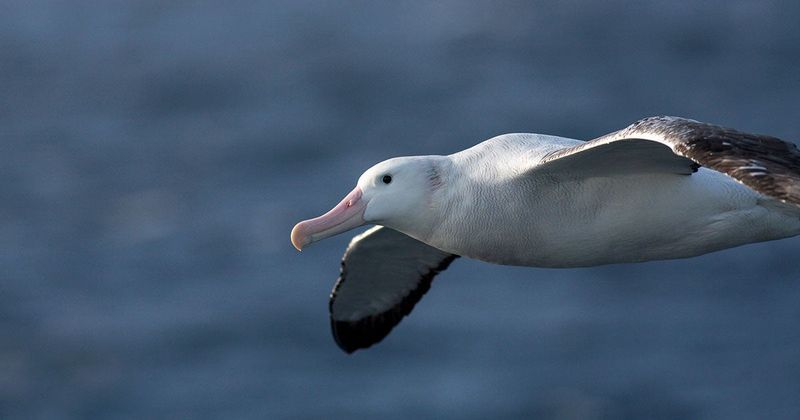
Not all birds sleep the same way in flight! Larger soaring birds like albatrosses rely more on wind currents and gliding, allowing deeper sleep states. Smaller birds like swifts use more frequent but shorter micro-naps.
Waterfowl have yet another strategy – they can sleep while floating on water during migration breaks, combining both airborne and water-surface rest periods.


